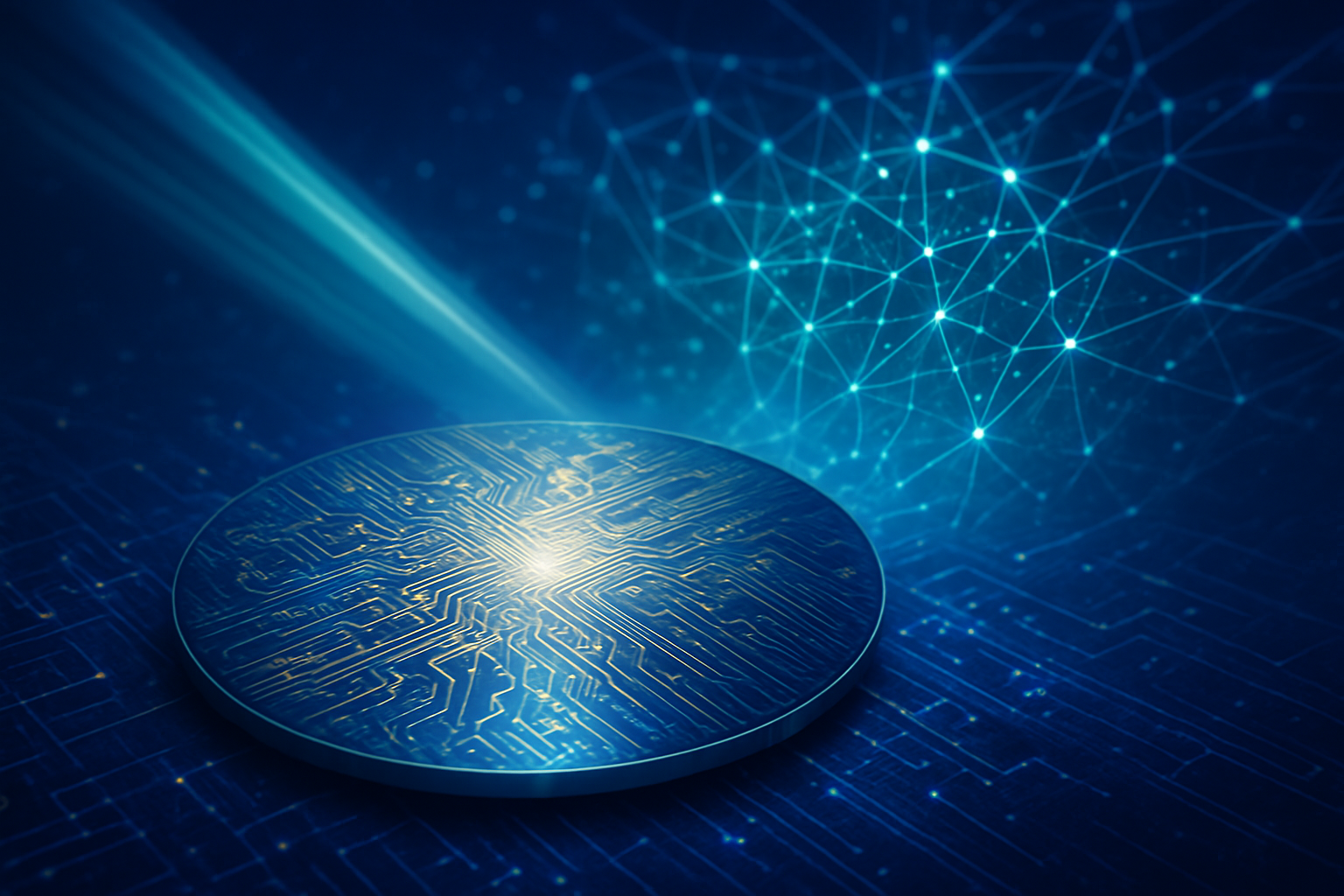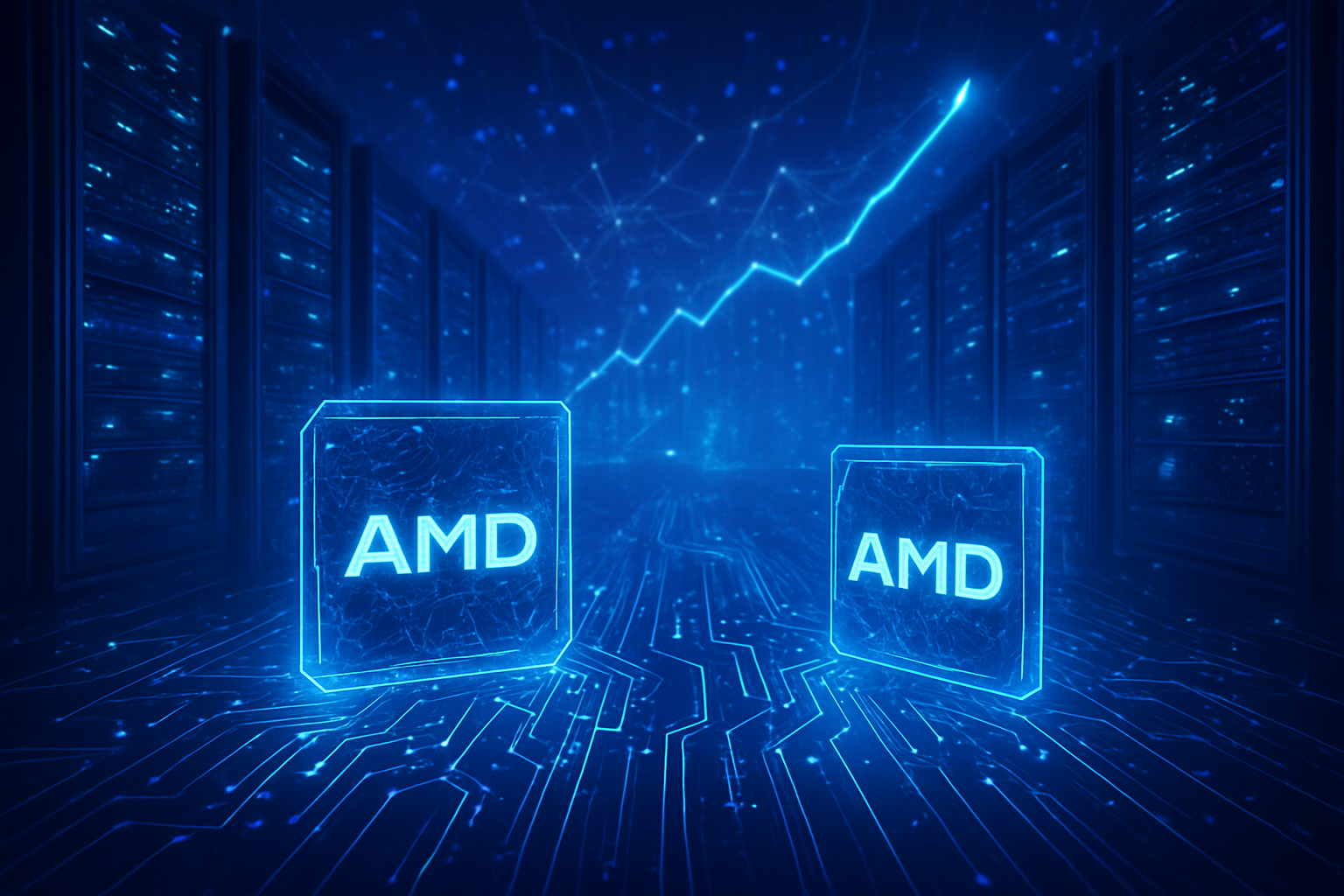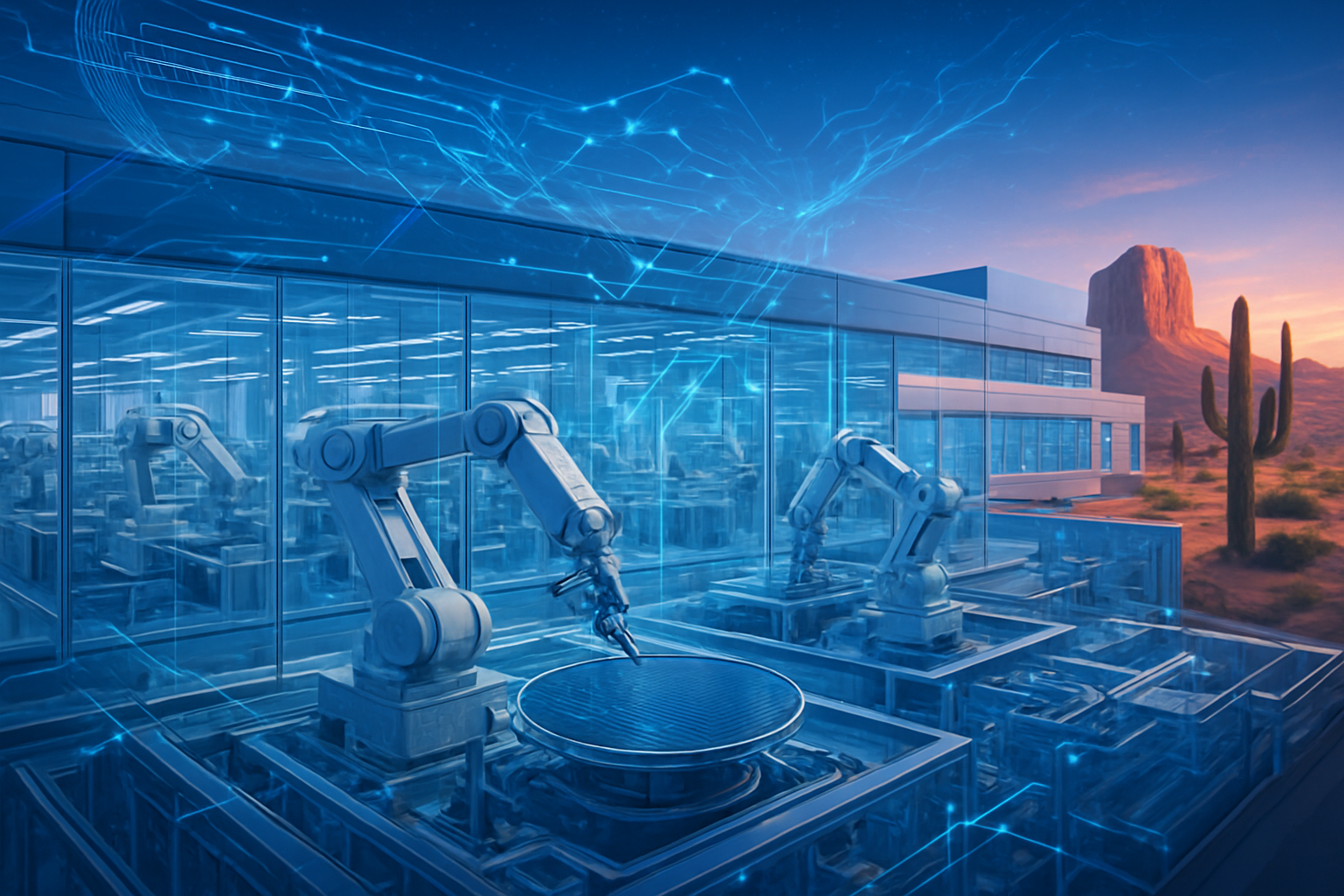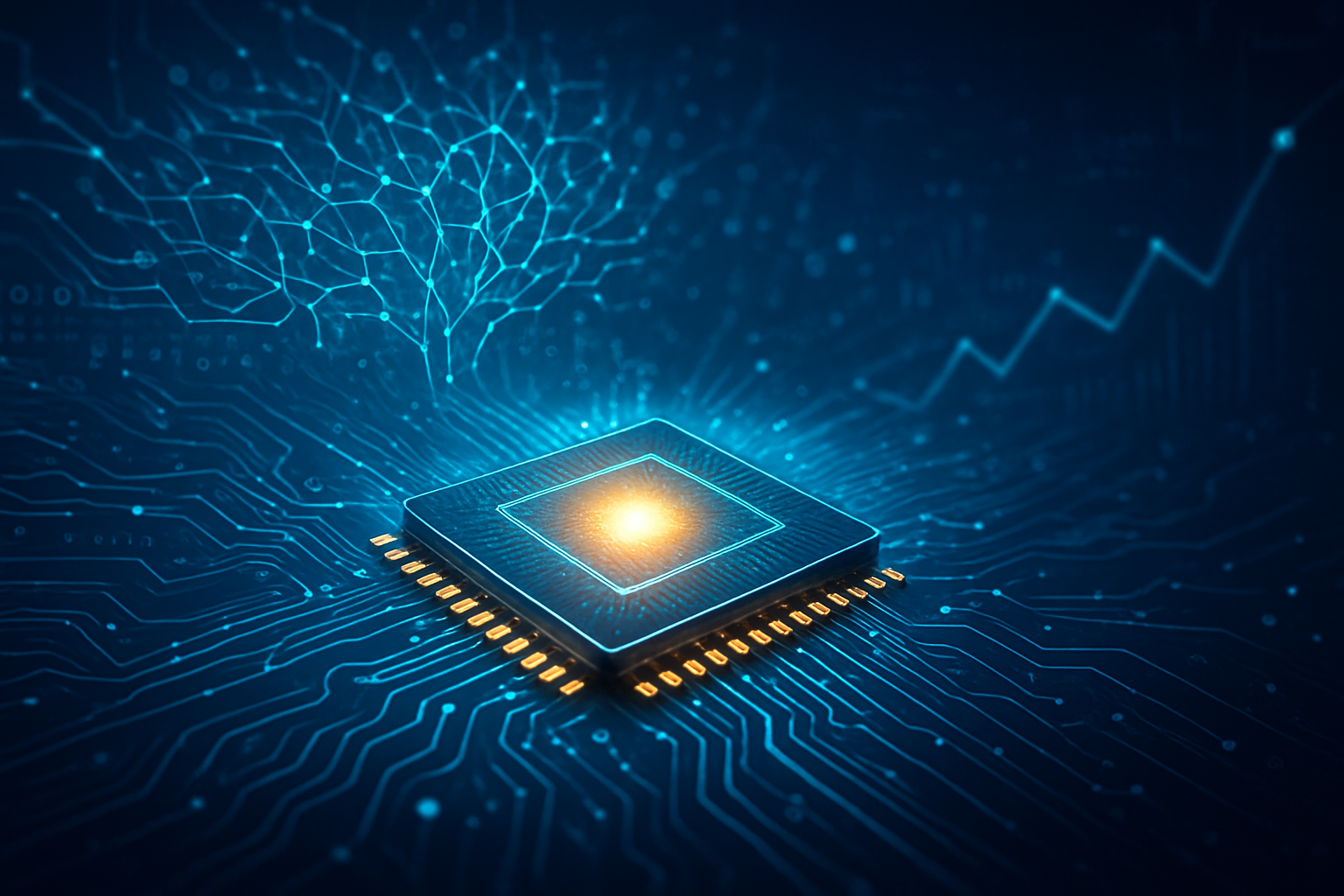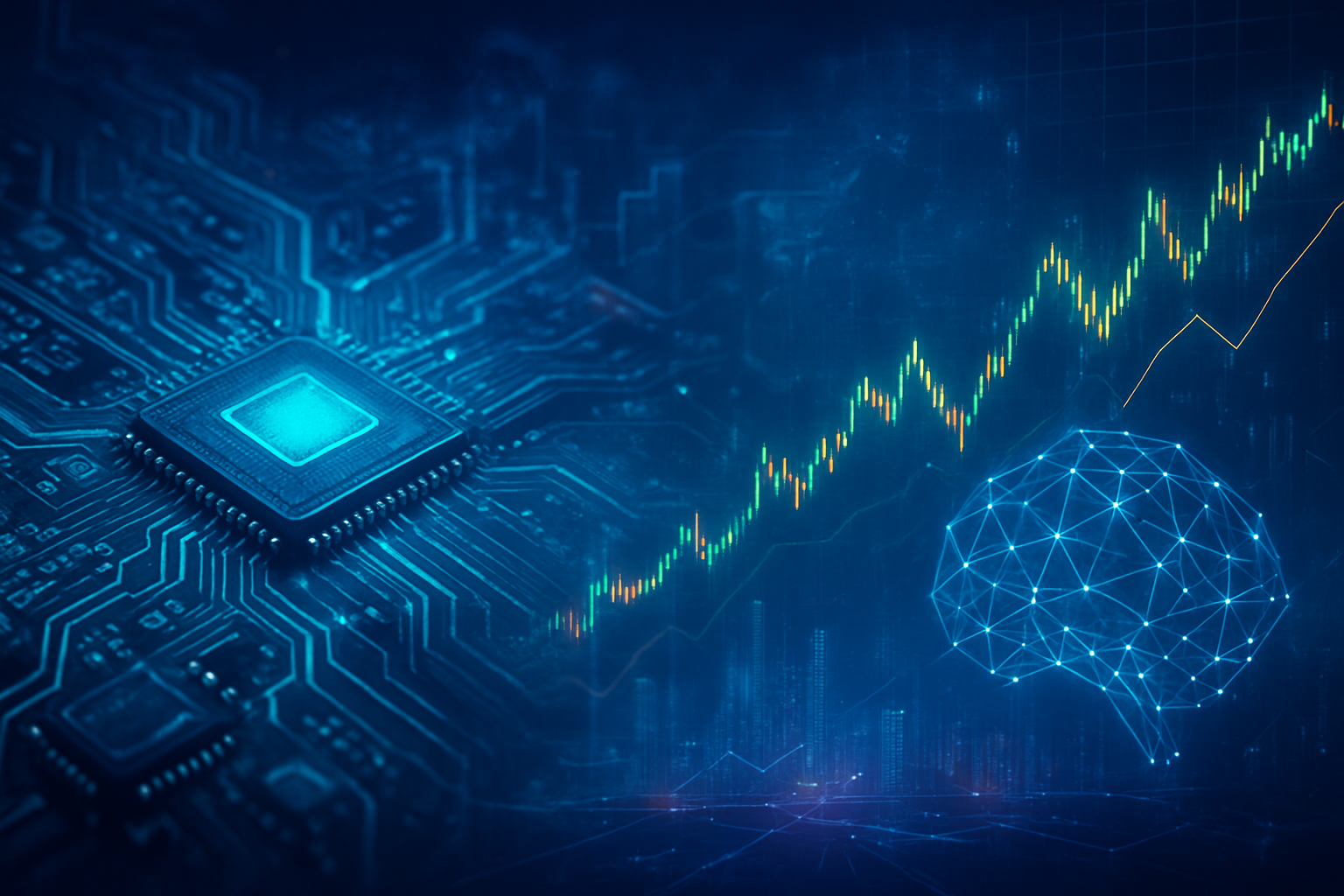The artificial intelligence landscape is witnessing a seismic shift as an increasing number of prominent AI researchers and pioneers are reportedly considering, or actively pursuing, departures from established tech behemoths to launch their own startups. This "AI brain drain" from companies like Meta (NASDAQ: META), Google (NASDAQ: GOOGL), and OpenAI signifies a profound recalibration of innovation, talent, and strategic direction within the industry. The immediate significance of this trend lies in its potential to democratize advanced AI development, foster a new wave of specialized innovation, and intensify the competitive pressures on both emerging ventures and entrenched tech giants.
This phenomenon is not merely a trickle but a growing torrent of elite AI talent, often foregoing multi-million dollar compensation packages and the stability of corporate research labs. Their motivations are multifaceted, ranging from the pursuit of greater autonomy and a desire to escape bureaucratic hurdles, to a passion for highly specialized research goals that may not align with the broader, often generalized, AI agendas of larger corporations. The allure of direct impact, the potential for significant equity gains, and the opportunity to build products from the ground up are powerful draws, reshaping the very fabric of AI entrepreneurship.
The Technical Underpinnings of a Paradigm Shift
The departure of top-tier AI talent from corporate labs is driven by a complex interplay of technical aspirations and operational realities. Researchers are increasingly seeking environments where they can pursue specific, often niche, AI advancements without the constraints of large-scale product roadmaps or the pressure to contribute to a monolithic "superintelligence" goal. This divergence in research philosophy is a key technical differentiator.
For instance, the hypothetical departure of Yann LeCun, Meta's Chief AI Scientist, is reportedly motivated by a desire to focus intensively on "world models"—AI systems designed to simulate and reason about real-world environments. LeCun views these models as foundational for achieving human-level AI, a focus that may contrast with Meta's broader emphasis on large language models and generalized AI. This highlights a technical preference for foundational research in specific areas over the more generalized, often application-driven, research prevalent in large companies.
A concrete example is Periodic Labs, a Silicon Valley startup founded in March by Liam Fedus, a co-creator of ChatGPT from OpenAI, and Ekin Dogus Cubuk, formerly of Google DeepMind. This venture has successfully attracted over 20 researchers from Meta, OpenAI, and Google DeepMind, many of whom left lucrative positions. Periodic Labs' technical mission is distinct: to build AI technology specifically aimed at accelerating scientific discoveries in fields like physics and chemistry. This specialized approach, focusing on domain-specific AI applications, contrasts sharply with the generalized AI pursuits of their former employers. They've already secured over $300 million in funding, underscoring investor confidence in this focused technical direction.
Furthermore, Ilya Sutskever, co-founder and former chief scientist of OpenAI, left in May 2024 to establish Safe Superintelligence (SSI). SSI is explicitly research-oriented, with a singular focus on ensuring the safety of superintelligence, even incorporating "regulation as a service" into its foundational principles. This technical and ethical specificity represents a departure from the broader, often more commercially driven, research mandates of larger organizations. Similarly, Andrej Karpathy, after stints at Tesla and OpenAI, launched Eureka Labs in July 2024, an AI education company, signaling a shift towards disseminating AI knowledge and tools. These examples illustrate a clear trend: top researchers are seeking the freedom to pursue highly specialized technical agendas that may not find a natural home within the broader strategic objectives of tech giants.
Reshaping the AI Competitive Landscape
This exodus of AI pioneers is profoundly reshaping the competitive dynamics across the entire AI industry, creating both opportunities and significant challenges for tech giants and startups alike. The primary beneficiaries of this trend are the nascent AI startups and the venture capital firms eager to fund them. New ventures, armed with cutting-edge expertise and often a more agile development process, are emerging to tackle highly specialized problems or explore novel architectural approaches that might be overlooked or deprioritized by larger corporations.
For major AI labs and tech companies, the competitive implications are substantial. They face a significant "brain drain," risking the loss of intellectual capital, innovative momentum, and key talent that drives their next-generation products. This forces companies like Meta (NASDAQ: META), Google (NASDAQ: GOOGL), and Microsoft (NASDAQ: MSFT) to re-evaluate their talent retention strategies, internal research cultures, and compensation structures. Some are responding by engaging in "pseudo-acquisitions," where they absorb specific research teams or license key AI models from startups without a full company buyout, essentially re-acquiring the talent they lost. This also suggests a potential shift towards prioritizing commercialization within big tech, which could inadvertently slow progress in foundational, long-term research.
The disruption to existing products and services could be significant. As startups develop highly specialized and efficient AI solutions, they can chip away at the market share of generalized offerings from larger companies. For example, a startup focused purely on AI for drug discovery could outcompete a large tech company's more general AI platform in that specific vertical. This necessitates a strategic re-positioning for tech giants, potentially leading them to acquire successful startups, foster internal incubators, or double down on their core AI competencies while allowing smaller players to innovate in the periphery. The market is becoming increasingly fragmented, with strategic advantages shifting towards agility, specialization, and the ability to attract and retain top-tier, entrepreneurial AI talent.
The Wider Significance: A New Era of AI Innovation
The current trend of prominent AI researchers venturing into startups represents a pivotal moment in the broader AI landscape, echoing past shifts in technological innovation. This phenomenon signifies a maturation of the AI field, moving beyond the initial phase of foundational breakthroughs largely concentrated within a few well-funded corporate or academic labs. It speaks to a growing confidence in the commercial viability and societal impact of specialized AI applications, rather than a singular focus on artificial general intelligence (AGI).
The impacts are multi-faceted. On one hand, it promises an explosion of innovation, as diverse teams pursue novel solutions in various domains, from scientific discovery (as seen with Periodic Labs) to AI safety (Ilya Sutskever's SSI). This diversification could accelerate progress across the board, fostering a more robust and resilient AI ecosystem. On the other hand, potential concerns arise regarding the equitable distribution of this advanced AI. If profit-focused startup models make powerful AI tools inaccessible to smaller businesses or the general public, it could exacerbate a "digital divide," concentrating cutting-edge capabilities in the hands of a few.
Comparisons to previous AI milestones and breakthroughs reveal a distinct pattern. While early AI research often originated in universities and then was commercialized by large corporations, this current wave sees corporate-honed talent returning to an entrepreneurial model. This is reminiscent of the dot-com boom or the early days of personal computing, where key engineers and developers left established companies to build the next generation of technology. The democratizing effect of advanced distributed computing, edge AI, and open-source frameworks further empowers these smaller teams, enabling them to develop and deploy sophisticated AI models without needing the vast infrastructure of a tech giant. This shift signals a move towards a more decentralized and competitive AI development paradigm.
Future Developments and Expert Predictions
Looking ahead, the "AI Exodus" is expected to catalyze several significant near-term and long-term developments. In the near term, we anticipate a continued surge in AI startup formation, particularly in highly specialized niches that leverage advanced models for specific industry applications. This will likely lead to a " Cambrian explosion" of AI products and services, each finely tuned to solve particular problems in fields like healthcare, finance, logistics, and scientific research. Venture capital funding for these independent AI ventures will remain robust, driven by the promise of disruptive innovation and significant returns.
Longer term, this trend could lead to a more fragmented yet ultimately more resilient AI ecosystem. Instead of a few dominant players controlling the majority of AI innovation, we might see a network of specialized companies collaborating and competing, fostering a dynamic environment for technological advancement. Potential applications and use cases on the horizon include highly autonomous systems that operate with minimal human oversight, sophisticated "world models" capable of complex reasoning, and hybrid AI architectures that combine different paradigms for enhanced performance.
However, several challenges need to be addressed. Attracting and retaining top talent will remain a fierce battle, and startups will need to navigate intense competition for funding and market share. Ethical considerations, data privacy, and the responsible deployment of increasingly powerful AI systems will also require constant vigilance and robust regulatory frameworks. Experts predict that the coming years will be defined by a rapid acceleration in AI capabilities, driven by this entrepreneurial spirit. They foresee a future where specialized AI agents become ubiquitous, embedded in every aspect of industry and daily life, and where the line between foundational research and commercial application blurs even further, fueled by the agile nature of startups.
A New Chapter in AI History
The current trend of prominent AI researchers and pioneers departing established tech giants to launch their own startups marks a pivotal and transformative chapter in the history of artificial intelligence. It represents not just a shift in talent allocation but a fundamental re-evaluation of how AI innovation is pursued, funded, and ultimately brought to the world. The key takeaway is clear: the future of AI is increasingly being shaped by agile, specialized ventures driven by the entrepreneurial spirit of its most brilliant minds.
This development holds immense significance, comparable to earlier milestones where foundational technologies moved from academic labs to commercial enterprises, or when internet pioneers launched startups that redefined industries. It signals a maturation of the AI field, moving towards a more diversified and competitive ecosystem where specialized expertise can flourish outside the confines of corporate giants. The long-term impact is likely a more robust, innovative, and potentially more democratized AI landscape, albeit one with new challenges regarding ethical deployment and equitable access.
In the coming weeks and months, the industry will be watching closely for further high-profile departures, new startup announcements, and the initial breakthroughs from these newly formed ventures. The battle for AI talent will intensify, and tech giants will be forced to adapt their strategies to either better retain their stars or strategically partner with the very startups born from their former employees. This is not merely a trend; it is a fundamental restructuring of the AI industry, promising a vibrant and unpredictable future for artificial intelligence.
This content is intended for informational purposes only and represents analysis of current AI developments.
TokenRing AI delivers enterprise-grade solutions for multi-agent AI workflow orchestration, AI-powered development tools, and seamless remote collaboration platforms.
For more information, visit https://www.tokenring.ai/.



